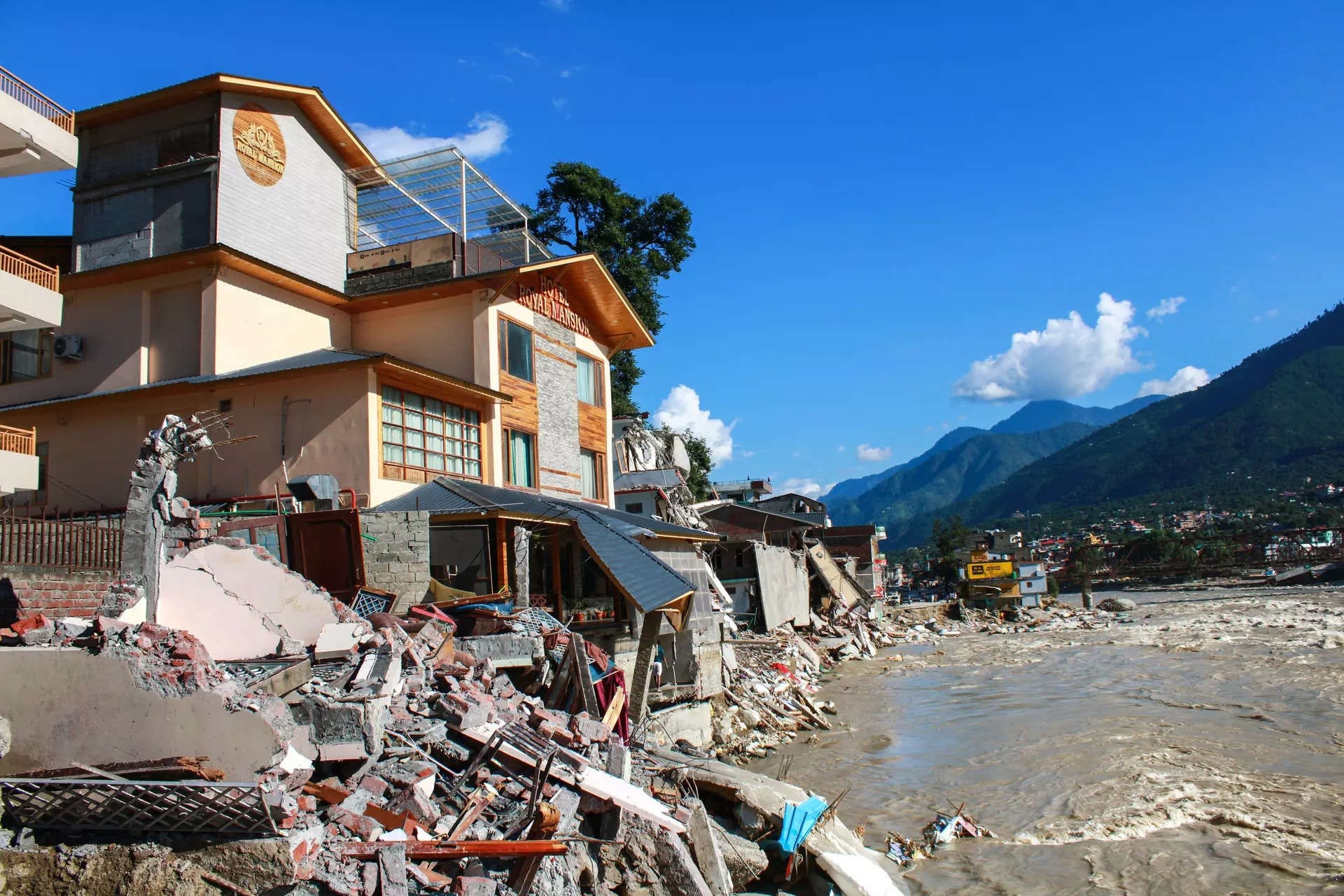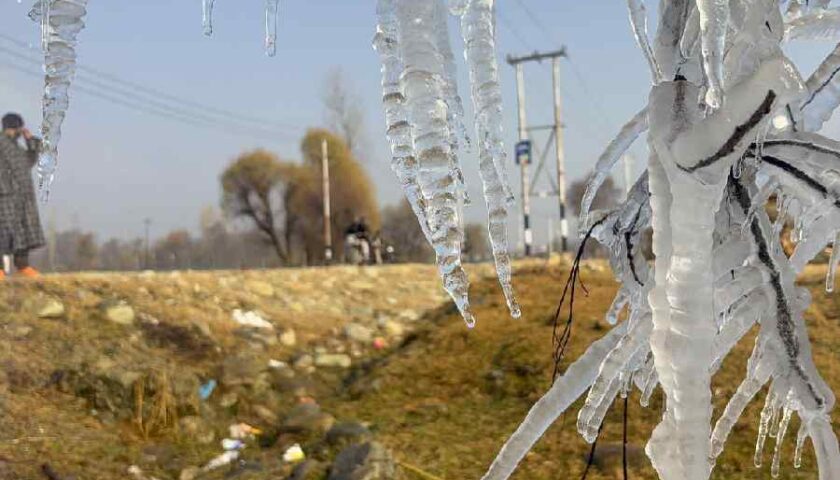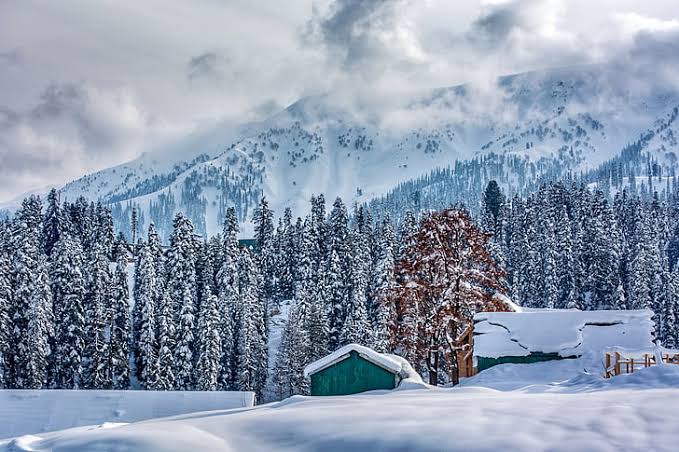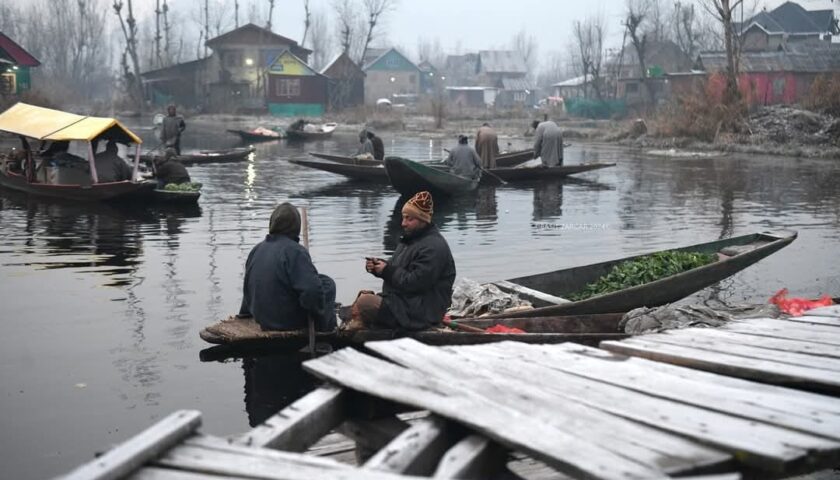When the Sky Opens Without Warning
By: Javid Amin | 15 Aug 2025
The Himalayas, often romanticized as serene, snow-clad peaks, are increasingly becoming the scene of sudden, violent weather events. Cloudbursts — once considered rare — are now recurring with alarming regularity in Jammu & Kashmir and Ladakh. The result: flash floods, landslides, destruction of homes, and, all too often, loss of life.
According to Dr. Yudhbir Singh, Associate Professor of Geology at the University of Jammu, this trend is no accident. It is the product of natural atmospheric processes colliding with human-induced environmental degradation.
What Exactly is a Cloudburst?
A cloudburst is an extreme rainfall event in which more than 100 mm of rain falls within an hour over a very small area. The rainfall is so intense that the ground cannot absorb it, and waterways overflow almost instantly.
The Natural Process
Dr. Singh explains the science behind it:
-
Warm, moisture-laden air from surrounding plains rises rapidly when it encounters the Himalayan slopes — a process called orographic lift.
-
As this air ascends, it cools, condensing into towering cumulonimbus clouds.
-
Strong updrafts inside these clouds trap enormous quantities of water droplets.
-
When the cloud’s internal structure becomes unstable, the trapped moisture is suddenly released, resulting in a torrential downpour over a very limited area.
How Human Activity is Making Cloudbursts More Deadly
While cloudbursts have occurred in the Himalayas for centuries, their frequency, intensity, and impact are now amplified by human factors:
-
Global Warming: The Himalayas are warming faster than the global average. Warmer air can hold more moisture, making rainfall bursts heavier when they occur.
-
Unplanned Construction: Building homes, hotels, and roads directly over natural waterways and nullahs blocks drainage, forcing floodwaters into new, destructive paths.
-
Deforestation: Tree loss weakens slope stability and reduces the land’s ability to absorb rainfall, increasing runoff speed.
-
Land-Use Change: Expanding agriculture, mining, and tourism facilities in fragile zones disturbs the delicate balance of soil, rock, and vegetation.
Dr. Singh warns that without addressing these issues, cloudburst-triggered disasters will become more frequent and more lethal.
The Toll of Recent Cloudburst Disasters
Kishtwar, Jammu & Kashmir
A sudden cloudburst in Chositi, Paddar along the Machail Mata Yatra route on August 14, 2025, unleashed a wall of water and debris. It washed away a langar shed, damaged homes, and left at least 15 people feared dead, with many missing. Rescue teams, including the NDRF, SDRF, Army, and police, continue search operations.
Chushul, Ladakh
Near Pangong Lake, a thunderstorm triggered flash floods that tore through Maan and Merak villages. Agricultural fields were submerged, livestock was lost, and infrastructure was damaged. Given Ladakh’s arid climate, such sudden floods are especially devastating, as communities have limited water management systems for high-intensity rainfall.
Why the Himalayas Are Uniquely Vulnerable
Several geographical and climatic factors make Jammu & Kashmir and Ladakh more prone to cloudburst disasters:
-
Steep Terrain: Runoff accelerates downhill, gaining destructive power.
-
Narrow Valleys: Concentrate floodwaters, magnifying impact.
-
Fragile Geology: Young, unstable mountains are easily eroded by high-intensity rainfall.
-
Sparse Vegetation in High Altitudes: Reduces natural barriers to water flow.
In such a setting, even a 30-minute cloudburst can cause damage equivalent to that of days of regular rainfall in the plains.
The Expert Warning – Adapt or Pay the Price
Dr. Singh’s message is clear:
“These are not isolated incidents. Climate adaptation and sustainable development must be integrated into every plan for the Himalayas — from road building to tourism — or we will see more tragedies.”
Key recommendations from experts include:
-
Strict zoning laws to prevent construction in hazard-prone areas.
-
Restoration of natural drainage channels to allow floodwaters a safe path.
-
Early warning systems linked to local communities and pilgrim routes.
-
Afforestation and slope stabilization to strengthen natural defenses.
Looking Ahead – Balancing Development with Safety
The Himalayas are home to millions and draw countless pilgrims and tourists every year. Development is inevitable — but how it’s carried out will determine whether the region becomes safer or more dangerous in the coming decades.
If unchecked, climate change and reckless construction will turn cloudbursts from rare calamities into seasonal certainties. But with smart, science-driven policies and community involvement, the risk can be reduced, and lives can be saved.




